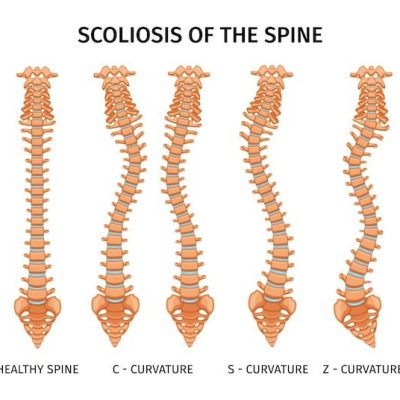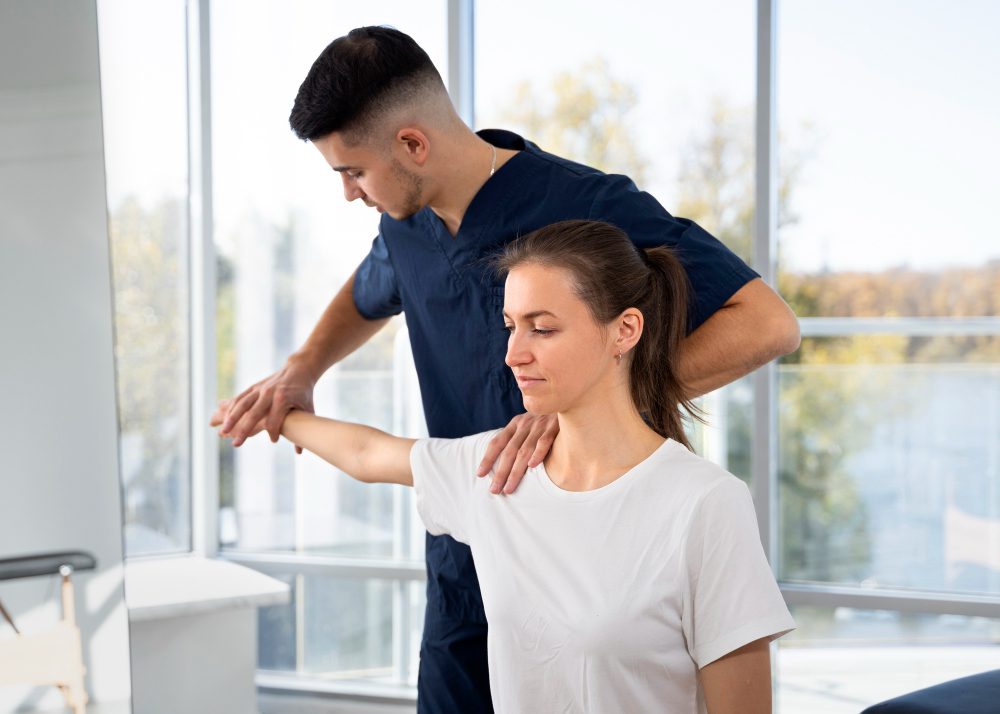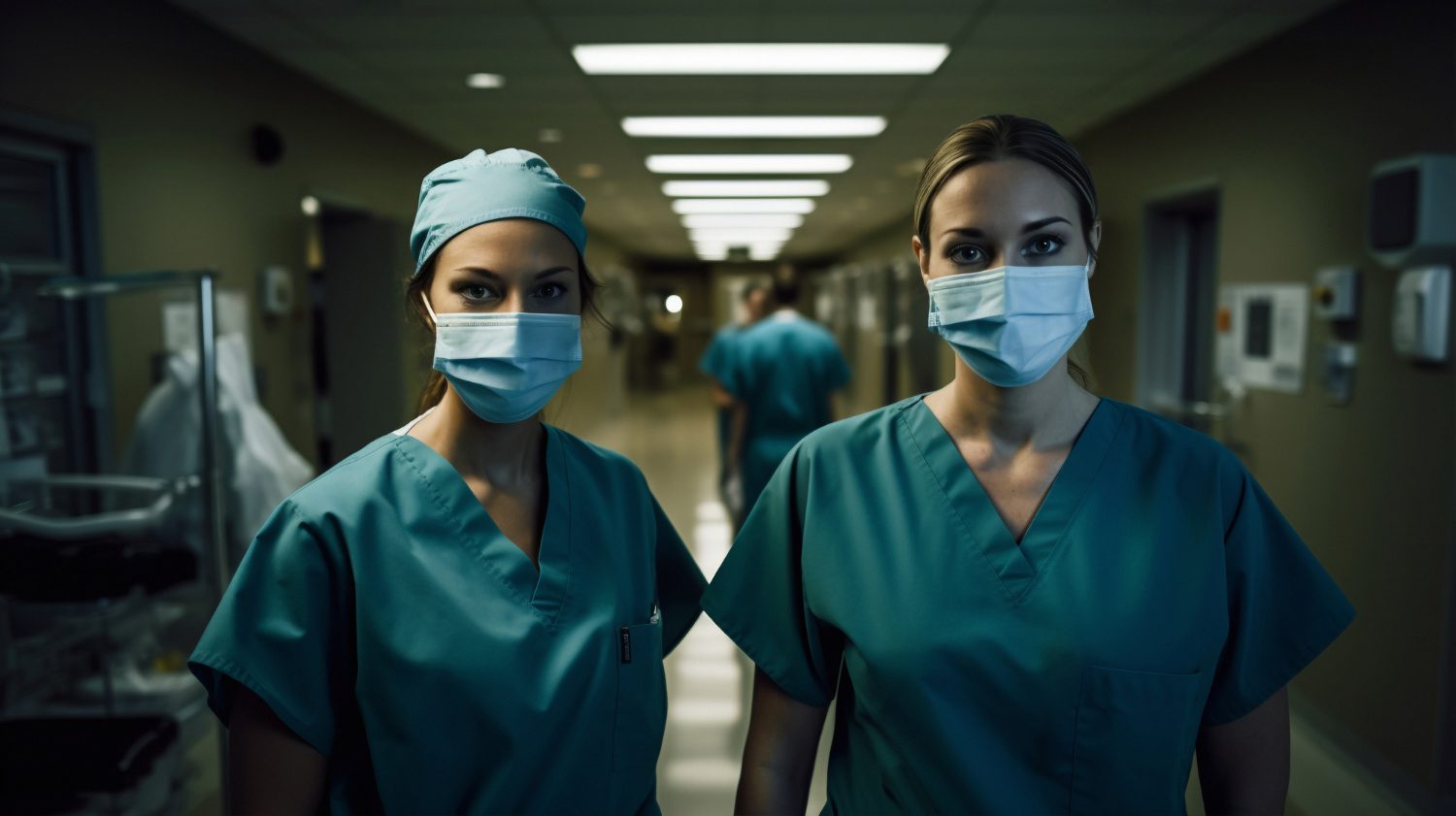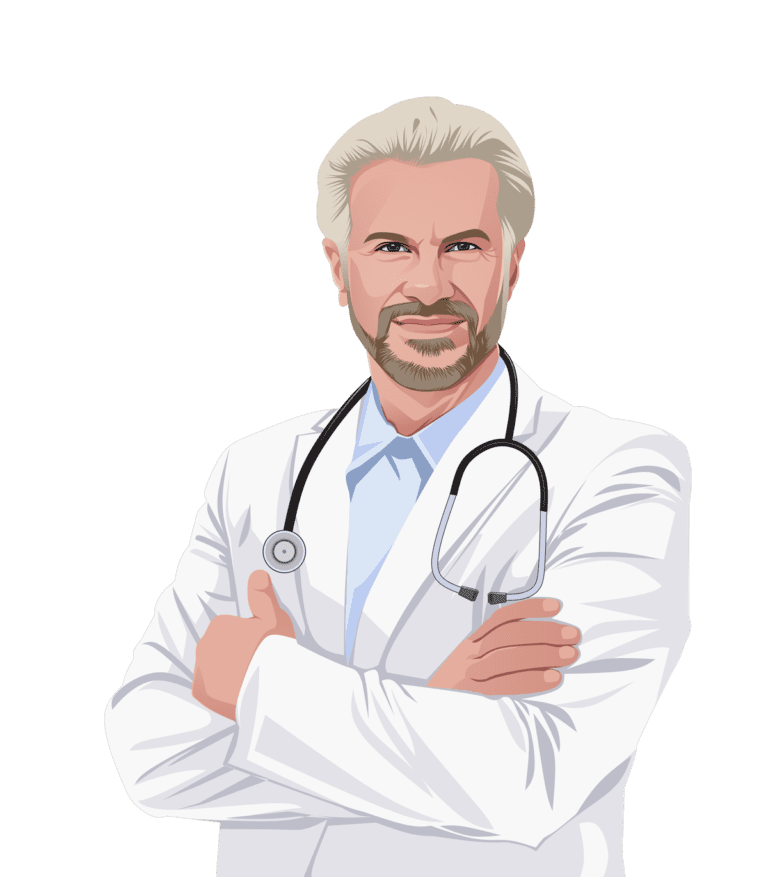Understanding Common Spine Conditions: Causes, Symptoms, and Treatment Options
Introduction
The spine is the central pillar of our musculoskeletal system, supporting our entire body and facilitating movement. However, various spine conditions can impact its functionality, leading to discomfort and reduced quality of life. In this comprehensive guide, we will explore three common spine conditions: herniated discs, spinal stenosis, and scoliosis. Understanding the causes, recognizing symptoms, and exploring treatment options, including surgical interventions, is vital in managing these conditions effectively.
Herniated Discs - The Intervertebral Dilemma
Causes: A herniated disc, often called a slipped or ruptured disc, occurs when the soft inner core of a spinal disc pushes through a crack in the tougher outer layer. This can result from aging, wear and tear, or sudden injuries.
Symptoms: Common symptoms include localized pain, radiating pain down the arms or legs, numbness, tingling, and muscle weakness. Severity varies depending on the location of the herniation.
Treatment Options: Conservative treatment includes rest, physical therapy, and pain management. Surgical intervention, such as discectomy or microdiscectomy, may be necessary in severe cases where non-surgical treatments provide no relief.

Spinal Stenosis - The Narrowing Passage
Causes: Spinal stenosis is often age-related and results from the narrowing of the spinal canal or nerve root foramen. This narrowing can occur due to bone overgrowth, herniated discs, or thickened ligaments.
Symptoms: Individuals with spinal stenosis may experience pain, numbness, or weakness in the arms or legs, as well as difficulty walking or maintaining balance. Symptoms may worsen with activity and improve with rest.
Treatment Options: Non-surgical treatments include physical therapy, medication, and lifestyle adjustments. Surgical options like laminectomy or spinal fusion may be considered if conservative measures are ineffective.
Scoliosis - The Curvature Challenge
Causes: Scoliosis is characterized by an abnormal lateral curvature of the spine. While the cause is often unknown (idiopathic), it can result from congenital conditions, neuromuscular diseases, or genetic factors.
Symptoms: Symptoms may include an uneven waistline, uneven shoulder heights, and an S or C-shaped curve in the spine. Depending on the severity, scoliosis can lead to back pain, muscle strain, and breathing difficulties.
Treatment Options: Treatment depends on the degree of curvature and the patient’s age. Mild cases may require only regular monitoring, while more severe cases may involve bracing or surgical interventions, such as spinal fusion.

Conclusion
Understanding common spine conditions like herniated discs, spinal stenosis, and scoliosis is crucial for timely diagnosis and effective management. Recognizing the causes, symptoms, and available treatment options, including surgical interventions when necessary, empowers individuals to make informed decisions about their spinal health. If you or a loved one is experiencing symptoms related to these conditions, seek consultation with a qualified orthopedic specialist. Early intervention and personalized treatment plans can significantly improve the quality of life for individuals affected by these spine conditions, enabling them to lead active and pain-free lives.










